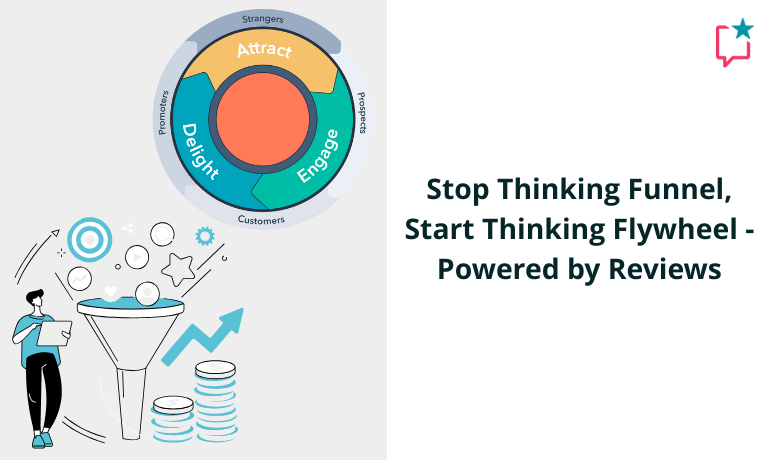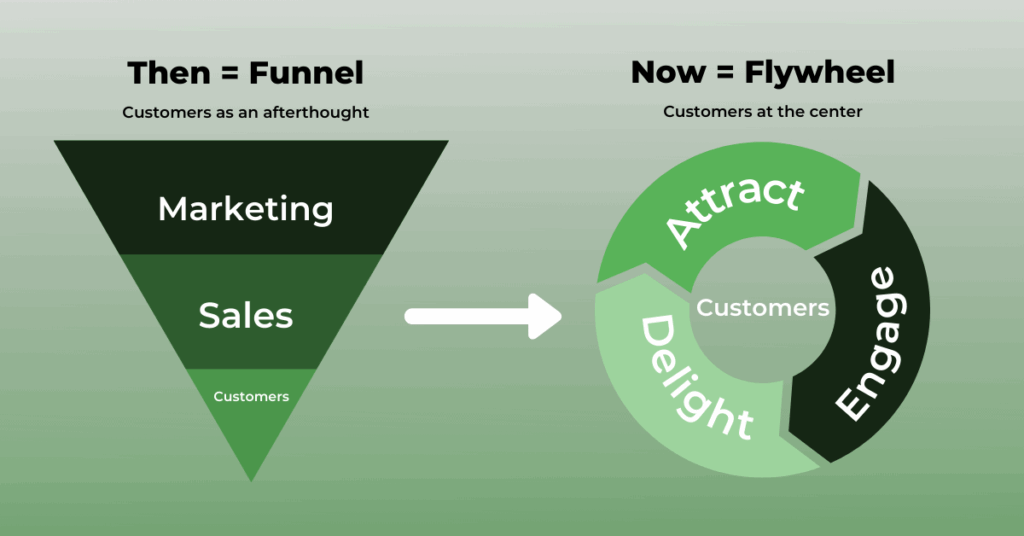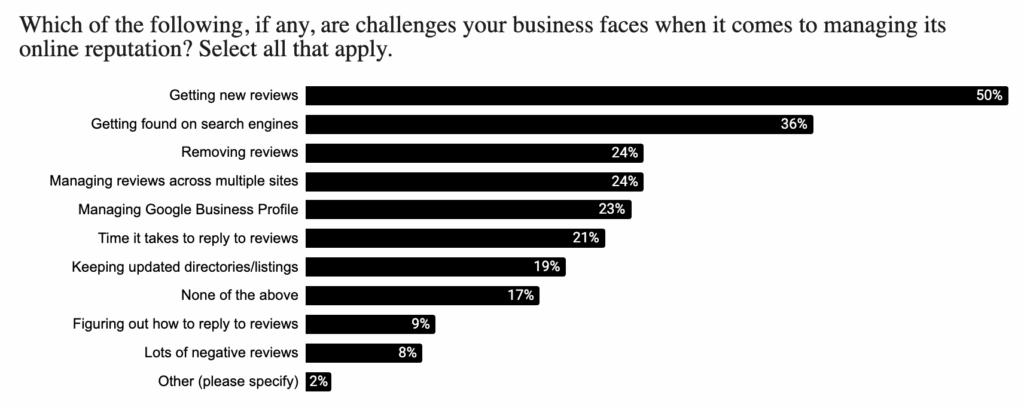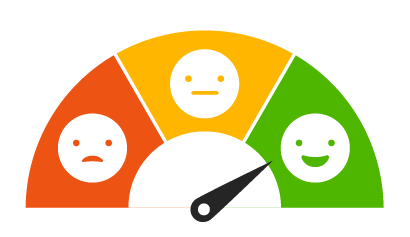
For years, marketers lived and breathed the sales funnel. Potential leads started at the top and were ushered down to the bottom using ever more targeted content to help them make a purchase decision. Once they bought, they emptied the funnel, where it’s presumed they rode off into the sunset, and engaging with them was no longer a priority.
This framework may have worked for a while, but the nature of consumer decision-making has changed in many ways, becoming more complex and less linear in an always-connected digital world. As customers got savvier about when, where, and why they spent their money, marketers had to get savvier too.
Today, there’s a shift happening. Customer engagement doesn’t follow a straight line anymore. At the same time, there’s an enormous lost opportunity when customers drop out of sight and out of mind once they make a purchase. Instead, we can look at engagement as a circle that spins continuously, like a flywheel, where customers anywhere along the buying and post-buying journey not only remain “in play” but help reel in new customers too.

What keeps the flywheel going? Customer reviews. And your digital agency can play a pivotal role in this funnel-to-flywheel transition by focusing on customer reviews as a growth catalyst for your clients.
Let’s explore.
Understanding the HubSpot Flywheel Model
First off, for those of you who ditched physics class (one of my favorite topics in school), a flywheel is an energy-efficient wheel. The energy that’s needed to make it spin is stored in the wheel — the more momentum the wheel gains, the more energy it has available to keep it rotating smoothly.
HubSpot cleverly came up with the flywheel model to more accurately represent the customer-centric nature of business today. As they describe it: “With the flywheel, you use the momentum of your happy customers to drive referrals and repeat sales. Basically, your business keeps spinning.”
The flywheel model is made up of three phases: Attract, Engage, and Delight.
In the Attract phase, the business is doing just that, attracting prospects with high-value content, free of any barriers, so that prospects can learn everything they want to about the business.
The Engage phase is the relationship-building phase. The door is open and both parties are talking to each other. The business isn’t forcing a transaction, but rather concentrating on quality conversations with prospects that convert, educate, address challenges, and offer solutions.
The Delight phase is the cherry on top. Here, the goal is to support, empower, and “delight” new customers — such as with quick and effective customer support, feedback mechanisms, and loyalty or rewards programs.
How the Flywheel Model Impacts Client Growth
Think of the flywheel model in terms of being self-propelling. The energy that goes into each phase builds momentum, catalyzing and accelerating business growth — which in turn keeps the flywheel spinning.
But unlike with the sales funnel, there’s no prescribed, step-by-step process that begins in one place, moves onto the next, and ends with the last — check the box, dust off your hands, you’re done. Instead, each phase happens simultaneously and continuously for all audiences — pre- and post-purchase.
So, while the business attracts more prospects, it’s also converting more new customers and encouraging more repeat and loyal customers, too, who then refer the business to other new customers. And on it goes.
The Power of Reviews in the Flywheel
Now for the really interesting part: Customer reviews are a major energy source that generates momentum and keeps the wheel going. Here’s a look at how this is possible for each phase:
Attract Phase: Leaning into the Positive
Positive reviews give a powerful boost to brand visibility and credibility. When potential new customers search online for a product, service, or particular business, they’re looking for validation from other people like them that yes, this is where they should spend their money and this is the type of experience they can expect to have.
In this phase, positive reviews serve as a form of high-value content that both represents and reflects the brand while helping prospects learn about the business.

Engage Phase: Focusing on Value and Validation
At this phase, it’s really about driving home the message and making the case — and review snippets are an excellent tool for this. Happy customers in their own words can sell a product or service better than the best tagline, billboard, or social media ad.
Since the goal here is to keep the conversation going — whether it’s with personalized email communications or any other form of targeted outreach — review snippets can be included in nearly every style of campaign to dial up the value by helping to validate a solution, enhance a promotion, or reinforce a call to action.
Delight Phase: Using Feedback to Enhance Customer Satisfaction
Reviews are an invaluable source of feedback that directly point to improvements or changes the business can make to provide a better product, service, or overall customer experience. Each time the business gets detailed reviews, positive or negative, they can take the feedback to heart and either change what isn’t working or do more of what is.
Even better, delighted customers act as promoters, leaving their own positive reviews that help attract new customers, and — you got it — keep the wheel spinning.

Implementing Review Strategies Around the Flywheel
That sounds pretty good, but what does this look like in the real world? Here are some practical ideas for how to use reviews in each flywheel phase:
Attract strategies:
- Run a review request strategy to continually ask for Google reviews as well as reviews for other third-party and industry-specific sites (for example, Healthgrades, Avvo, or Tripadvisor).
- Aim for review volume and a steady cadence to ensure reviews stay fresh and recent and that customers have enough reviews to decide if they want to choose the business.
- Integrate contextual review keywords — keywords and phrases that speak to the actual product or service — into Google Business Profiles to boost relevance signals, which help with local SEO.
Engage strategies:
- Include customer testimonials and first-party review snippets (with permission) into email campaigns, social media posts, how-to videos, blogs, and landing pages.
- Use reviews to personalize prospect or customer interactions, for example, sharing a review that speaks to the same need a particular customer segment has and how the product or service addressed it, or a review that explains a customer’s decision to upgrade their subscription service and why it was worth it.
- Take the best, most detailed reviews and build case studies around them to showcase on the business’s website and give interested prospects and customers deeper information.
Delight strategies:
- Respond to positive reviews and thank the customers for leaving them, which nurtures the relationship, encourages repeat business, and inspires happy customers to keep leaving reviews.
- Create feedback loops through forms and surveys that openly invite customers to share their concerns, points of friction, unanswered questions, and overall experiences.
- Use AI-generated insights to analyze review sentiment and feedback and strategize about improvements that can amp up the delight factor and boost customer satisfaction.
- Fire up a customer advocacy program to formally gather testimonials from happy customers and package them to increase brand awareness and reach.

If Reviews are Integral to the Flywheel, Now What?
Moving away from the funnel and toward the flywheel is increasingly necessary today to drive growth for your local business clients. But if you haven’t already done so, you first have to adopt a review-centric approach to your client relationships.
You can do this by offering review strategy and management as a key service, including requesting, monitoring, and analyzing reviews. When aligned with the flywheel model, this service sparks critical growth-catalyzing energy that not only helps your clients leverage their online reputations to gain more market share but also powers a continual cycle of customer engagement.
The cycle doesn’t discount any stage of the buying journey but rather involves every prospect and customer, pre- and post-purchase, harnessing their enthusiasm and feedback to generate and maintain momentum. And since momentum is growth, this is something your business clients can intuitively understand.
Learn more about how GatherUp can help your digital agency deliver real reputation results for your local business clients. Talk to a product expert today.
